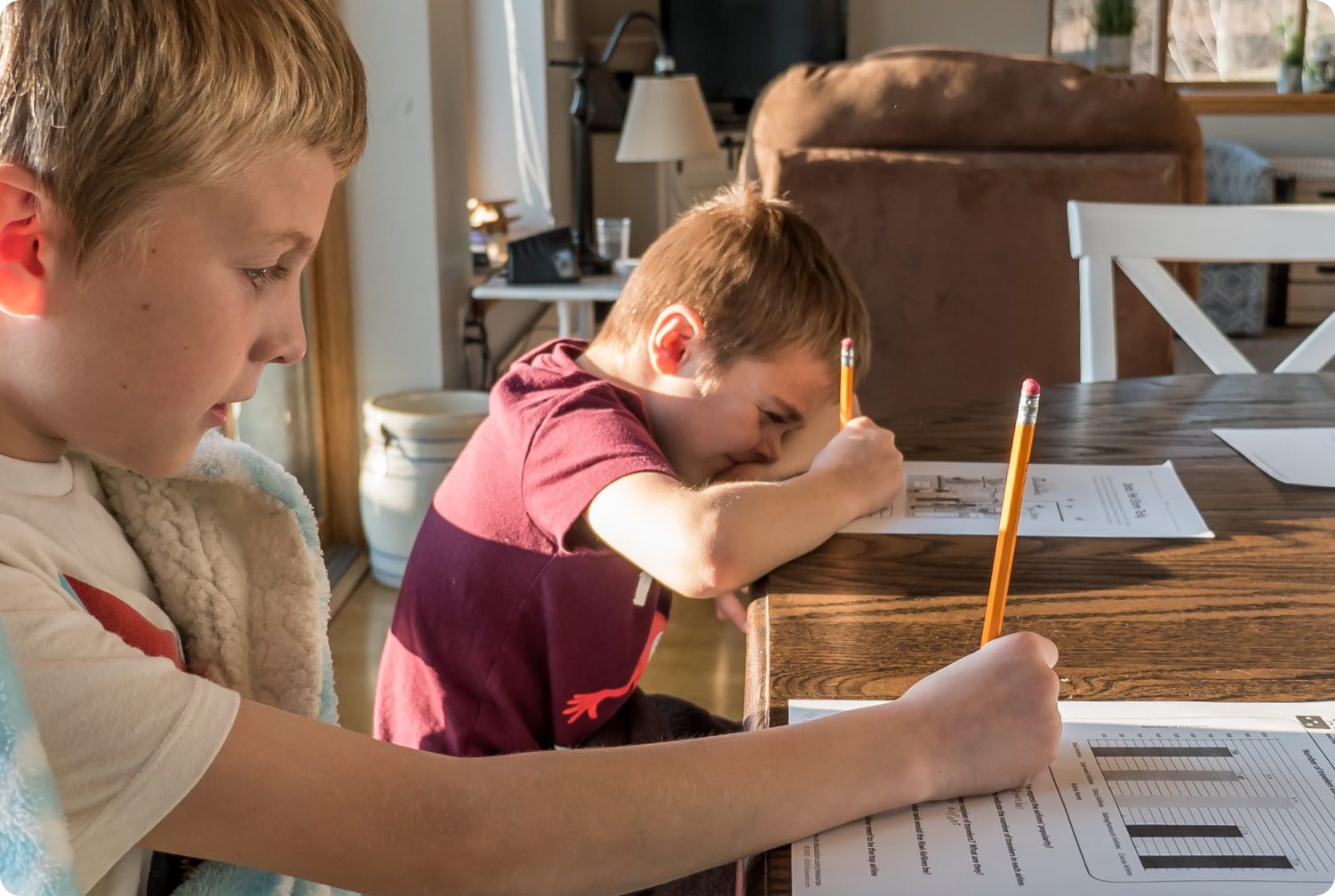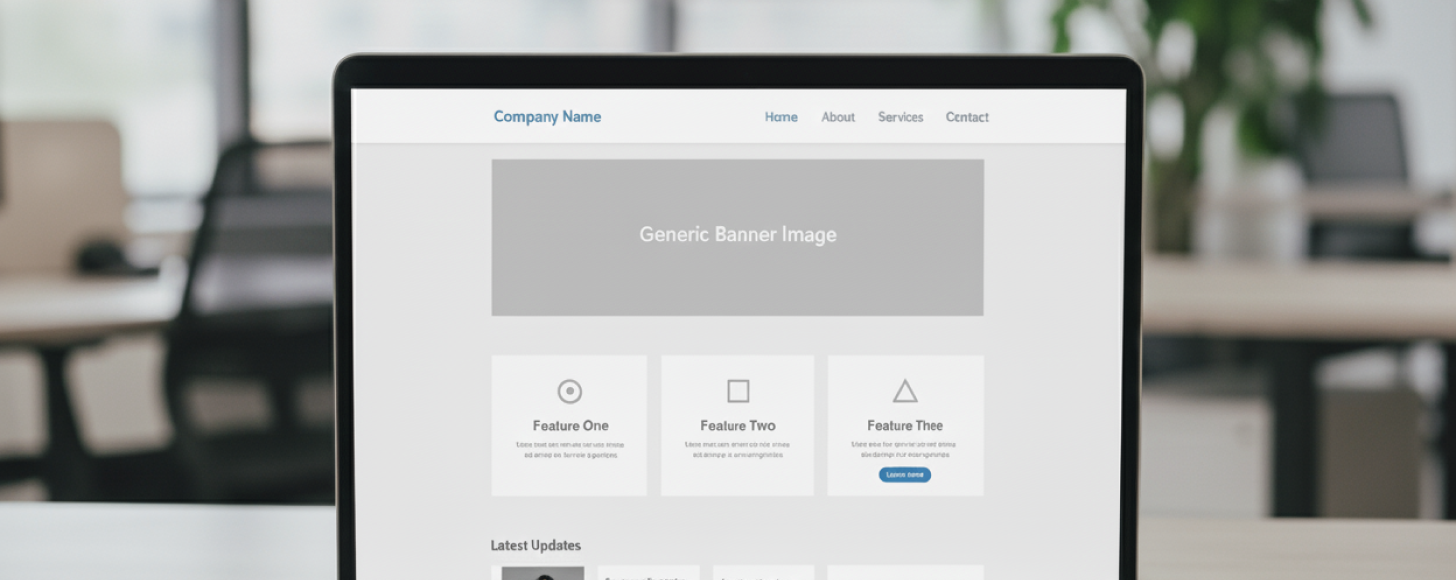Reimagining learning after the COVID-19 Pandemic

When the pandemic set in, various dynamic changes took place in the Education sector including schools closing down, postponement of prom events, disruption of graduation ceremonies’, and daycares closing down. This is something that has not been witnessed in the past 100 years. However, the only hope left was technological innovations, in a bid to rescue the moment.
Parents, students, teachers, and various education stakeholders have been in dire search of effective ways to help maintain the learning process. Some of the creative innovations that have been put in place in response to the pandemic are a blueprint of what to expect in the future.
Many people out there are contemplating possible solutions to incorporate into the education system. We are optimistic, as this is an opportunity to make our education effective and available to all.
Now let’s look at some of the ideas that designers are putting forward to impact the future of education during the post-pandemic era.
1. Equity is a necessary consideration
While students were forced to carry out their studies from home, not all have the opportunity or enabling environment to focus on learning.
The pandemic helped us to bring these equity gaps into light while solving others in the process. Students need an effective plan, otherwise while at home not everyone will have the passion to study. Other challenges include lack of reliable internet. Schools should focus on making decisions that would help solve their needs proportionally.
2.Students will learn from everywhere
With the pandemic still a challenge for most parts of the world, students’ return to a physical location to study, is a far-fetched dream. However, within the physical location’s walls, and with innovations lies an opportunity for students to learn from a natural environment, like bar gardens.
Also, there are numerous innovative uses of physical space such as virtual classrooms, where students can be connected to the rest of the world, expanding the perspective of learning.
3. The ability for students to manage their own time
The world has changed, and so should the students’ schedules. The school schedule before the pandemic wasn’t working for all students, except for those who can manage to pay for childcare and camp. This kind of rigidity is an equity challenge.
During the pandemic, students have been studying from home, and find times when they’re most energetic to study. As a result, they’ve managed to balance school work with hobbies, family, and consultations with experts from the field they want to pursue.
4. Support for families from schools
The past year taught us how teaching can be very challenging. Most parents became involuntary teachers in no time when schools were closed down. Therefore, families now understand the I put required to make learning possible. In the future, schools will have to create a plan to support families for effective teaching and learning.
5. Unique measures of success
In the past schools and teachers used standardized tests to evaluate learners. This in a way exacerbates inequity among learners. We restrict learners to grading, instead of granting them an opportunity to express what they know. In the future, we expect a competency-based approach to assessment.
Conclusion
For all that we reimagine to work, we’ll need everyone including students, parents, teachers, and education ideas to be brought on board.



